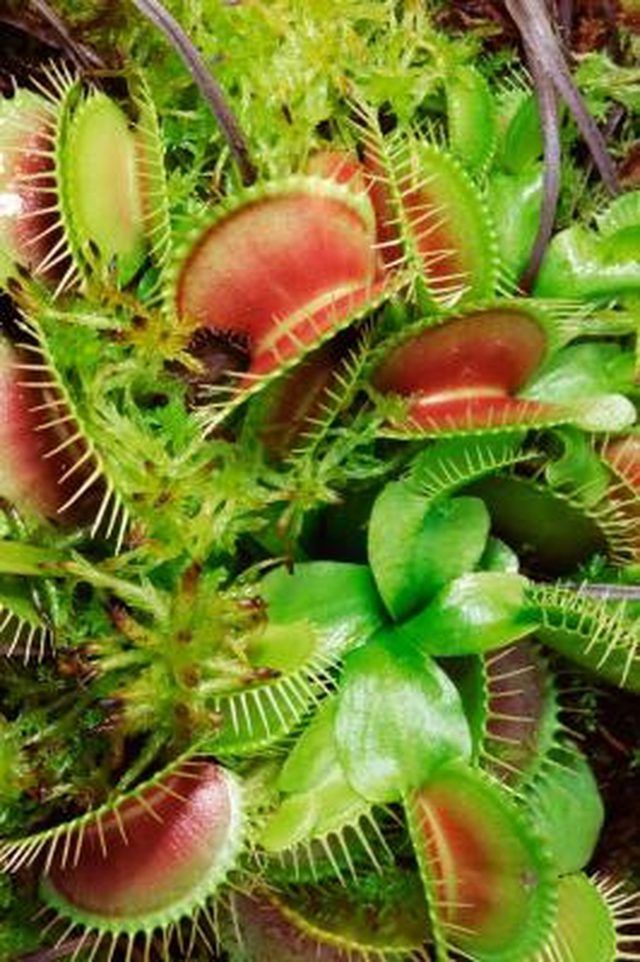Bulbs
Flower Basics
Flower Beds & Specialty Gardens
Flower Garden
Garden Furniture
Garden Gnomes
Garden Seeds
Garden Sheds
Garden Statues
Garden Tools & Supplies
Gardening Basics
Green & Organic
Groundcovers & Vines
Growing Annuals
Growing Basil
Growing Beans
Growing Berries
Growing Blueberries
Growing Cactus
Growing Corn
Growing Cotton
Growing Edibles
Growing Flowers
Growing Garlic
Growing Grapes
Growing Grass
Growing Herbs
Growing Jasmine
Growing Mint
Growing Mushrooms
Orchids
Growing Peanuts
Growing Perennials
Growing Plants
Growing Rosemary
Growing Roses
Growing Strawberries
Growing Sunflowers
Growing Thyme
Growing Tomatoes
Growing Tulips
Growing Vegetables
Herb Basics
Herb Garden
Indoor Growing
Landscaping Basics
Landscaping Patios
Landscaping Plants
Landscaping Shrubs
Landscaping Trees
Landscaping Walks & Pathways
Lawn Basics
Lawn Maintenance
Lawn Mowers
Lawn Ornaments
Lawn Planting
Lawn Tools
Outdoor Growing
Overall Landscape Planning
Pests, Weeds & Problems
Plant Basics
Rock Garden
Rose Garden
Shrubs
Soil
Specialty Gardens
Trees
Vegetable Garden
Yard Maintenance
Venus' Flytrap Characteristics
Venus' Flytrap Characteristics. Venus' flytrap is known botanically as Dionaea muscipula. The plant, which grows in poor soil in boggy parts of coastal North Carolina and South Carolina, is best known for its carnivorous nature: It relies on captured insects for sustenance.

Venus' flytrap is known botanically as Dionaea muscipula. The plant, which grows in poor soil in boggy parts of coastal North Carolina and South Carolina, is best known for its carnivorous nature: It relies on captured insects for sustenance.
Trap Mechanism
The wide, flat leaves of the flytrap contain sensitive hairs that trigger the shutting mechanism when insects land on the leaves. The trap shuts partially at first, to allow the smallest insects to escape. It then closes completely over larger prey.
Digestion Mechanism
Digestion, aided by enzymes secreted by the plant, can take five to 12 days. Only the soft parts of insects are digested. The harder exoskeleton is blown away or washed away when the leaves reopen at the end of the digestive process.
Live Food
Venus' flytraps have evolved to consume live food. Feeding dead insects to a flytrap raised indoors will not result in the closing of the leaves. To activate the leaf-closing mechanism, gently agitate the dead insect on the leaf. This should trigger a response.